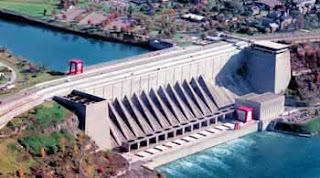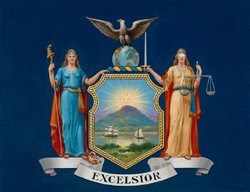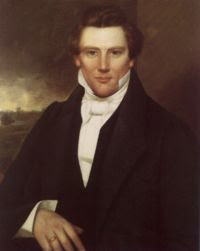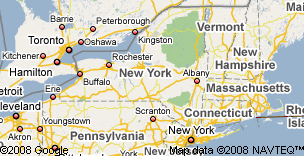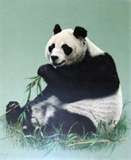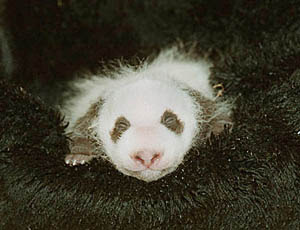
This is a Brownie Girl Scout Try-It that ties in nicely with the Olympic theme, called
Playing Around the World. In order to earn a Brownie Try-It, 4 activities need to be completed. Here is what we are doing to earn this badge.
First, we are inviting a bunch of friends and cousins to a nearby park for a "fun day" before the other children return to school in a few weeks. This will give us the numbers we need to play most ofthe games listed in the Brownine Try-It book.
As a group, we will play the classic American game of
Red Light, Green Light (requirement #2). Here is one of many ways to play this game.
1. Choose a child to be the "stoplight". The "stoplight" stands at one end of the playing field, opposite the other players.
2. The "stoplight" turns their back to the group and yells "green light". The players should run toward the "stoplight".
3. When the "stoplight" yells "red light", everyone must freeze. As the "stoplight" yells "red light", they should turn around. If they catch anyone moving, they return to the starting point
4. Play continues until someone touches the "stoplight". They then become the new "stoplight" and the remaining players return to the starting line to play again.
We will also be playing
Sheep and Hyena from Sudan (requirement #3). This game works best with at least 10 people playing.
1. All but 2 people join hands and form a tight circle.
2. One player, the hyena, stands outside the circle. Another player, the sheep, stands inside the circle.
3. The hyena will then try to get to the sheep inside the circle. The other players need to do their best to keep the hyena out of the circle, protecting the sheep. If the hyena catches the sheep, the game is over or you can end the game when the hyena gets too tired.
4. Two new people become the sheep and hyena.
For requirement #4, we will play
Hawks and Hens from Zimbabwe. This game needs at least 4 players.
1. Choose 1 player to be the hawk, everyone else are hens.
2. The hawk stands between two safety zones. The hens will run back and forth between the two safety zones and the hawk will try to catch them.
3. When a hen is caught, they sit on the side and watch the game.
4. The last hen to be caught becomes the next hawk.
Finally, the last game we will be playing is
The Ocean is Stormy from Denmark.
1. Mark circles on the floor or ground. We will play this on a concrete slab at our area park and use chalk, otherwise we will use yarn to make the circles on the grass.
2. Group the kids into pairs. All but one group, should stand inside a circle and choose the name of a fish. It might be helpful to discuss some common fish names such as trout, salmon, perch, etc.
3. The pair who are not in a circle are the whales. They walk around and call out names of fish.
4. When a pair's fish name is called, they leave the circle and walk behind the whales.
5. After all fish names are called, or after the whales call all the names they can think of, the whales shout, "The oceans stormy!"
6. Then everybody rushes to find a circle. Any two people can get into one circle.
The two people left without a circle become the whales for the next game.
